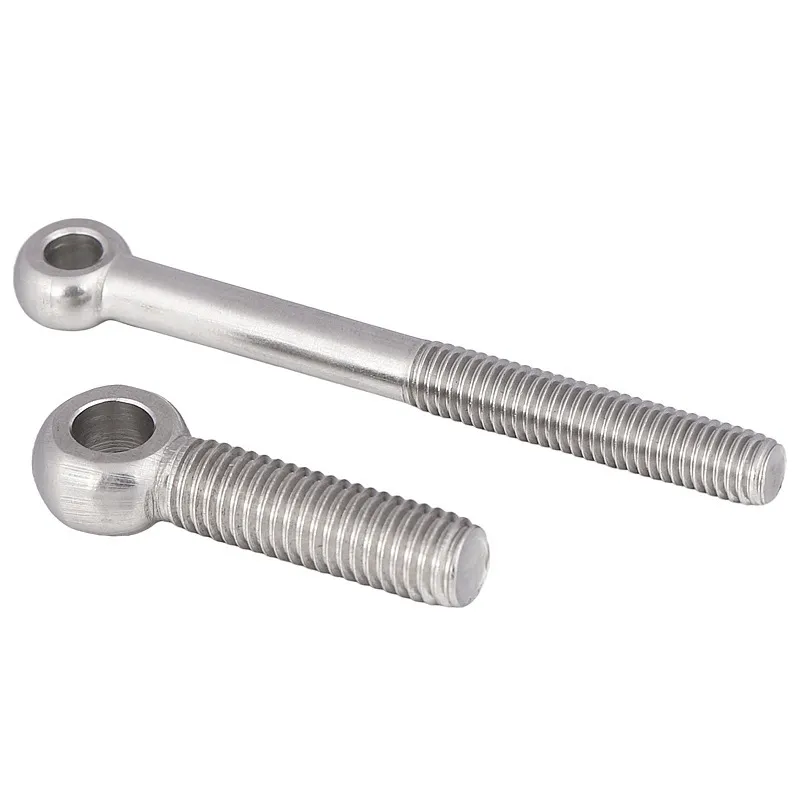

Understanding the Function and Applications of Spring Washers and Flat Washers
Nov . 09, 2024 21:31 Back to list
Understanding the Function and Applications of Spring Washers and Flat Washers
Understanding Spring Washers and Washers Essential Components in Mechanical Applications
In the realm of mechanical engineering and manufacturing, small components often play crucial roles in the performance and longevity of machinery. Among these components are spring washers and standard washers—two essential items that contribute to the effectiveness of bolted joints and assemblies. This article delves into the definitions, types, and applications of spring washers and washers, highlighting their significance in various industries.
What Are Washers?
Washers are flat disc-shaped pieces typically made of materials such as metal, plastic, or rubber. They are used primarily to distribute the load of a fastener, such as a nut or bolt, over a larger surface area. This load distribution helps prevent damage to the surface being fastened and increases the durability of the connection by reducing the likelihood of loosening due to vibration or dynamic loads.
There are several types of washers, each designed for specific applications
1. Flat Washers The most common type, flat washers provide a smooth surface that helps reduce friction and prevent galling, which can occur when metal surfaces rub together.
2. Lock Washers These washers are designed to prevent loosening of fasteners due to vibration. They come in various shapes, such as split or toothed, and work by creating friction between the washer and the surface.
3. Fender Washers Featuring a larger outer diameter, fender washers are used to spread the load over a larger area, making them ideal for thin materials that might otherwise be compromised by a standard washer.
Understanding Spring Washers
Spring washers are a specialized type of washer designed to provide a spring-like effect within a bolt assembly. They are typically made from spring steel and come in various shapes, including curved, conical, and helical designs. The primary function of a spring washer is to maintain tension on the fastener, ensuring that it remains tight over time, even in the presence of vibration or thermal expansion and contraction.
spring washer and washer

The most common type of spring washer is the Belleville washer, named after the French engineer Jules Belleville. This washer is shaped like a cone and provides significant axial load while remaining compact, making it ideal for high-pressure applications.
Applications of Washers and Spring Washers
Both washers and spring washers are used across various industries, and their application can significantly impact performance, safety, and durability.
1. Automotive Industry In vehicles, washers are used extensively in the assembly of engines, suspensions, and body components. Spring washers help maintain the integrity of fasteners in high-vibration environments, such as engines and chassis.
2. Construction Washers are critical in securing structural elements, ensuring that bolts and screws do not loosen over time. Spring washers can be particularly beneficial in bridge construction or other structures exposed to dynamic loads.
3. Electronics In electronic devices, washers help secure components on circuit boards and other assemblies, preventing loosening caused by thermal cycling and vibrations.
4. Manufacturing Many machines in manufacturing use washers and spring washers to enhance the reliability of assembly, ensuring that parts remain securely fastened under often harsh conditions.
Conclusion
In conclusion, both spring washers and standard washers are vital components in mechanical applications. Their ability to improve load distribution, prevent loosening, and enhance the reliability of fastened joints makes them indispensable in a wide array of industries. Whether in automotive, construction, electronics, or manufacturing, the choice of the right washer can significantly affect the performance and safety of mechanical systems. Understanding the differences, types, and applications of these washers allows engineers and manufacturers to make informed decisions, ultimately leading to better-designed products and assemblies. In a world where precision and reliability are paramount, the role of these small yet powerful components cannot be underestimated.
Latest news
-
Hot Dip Galvanized Bolts-LongZe|Corrosion Resistance&Customization
NewsAug.02,2025
-
High-Strength Hot Dip Galvanized Bolts - LongZe Metal Products|Corrosion Resistant, Industrial Grade
NewsAug.02,2025
-
Hot-Dip Galvanized Hex Bolts - LongZe|Corrosion Resistance&Industrial Applications
NewsAug.02,2025
-
Premium Self Tapping Metal Screws: Strong & Easy Install
NewsAug.02,2025
-
Premium Fasteners Manufacturer | AI-Driven Solutions
NewsAug.01,2025
-
Hot Dip Galvanized Bolts - Hebei Longze | High Strength, Corrosion Resistance
NewsAug.01,2025

